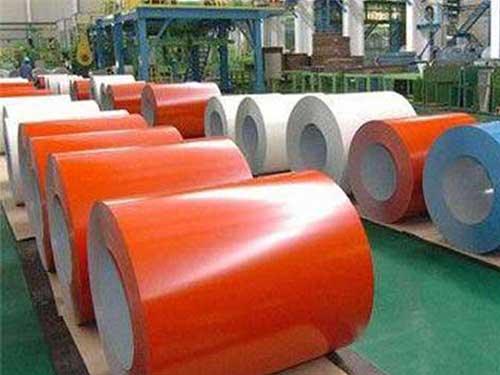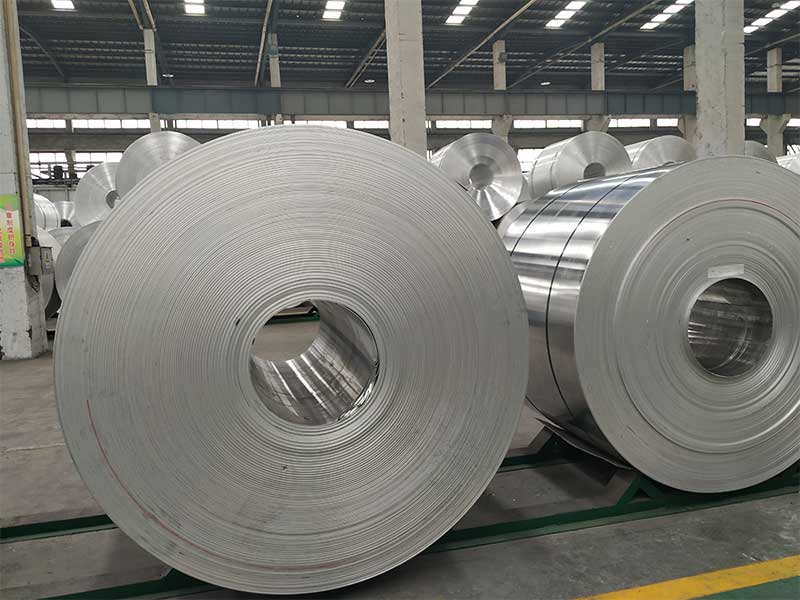ASTM 3003 aluminum coil
In the vast world of metallurgy, aluminum alloys play a pivotal role due to their exceptional properties. One specific alloy, the ASTM 3003 Aluminum Coil, stands out for its versatility and range of applications.
ASTM 3003 aluminum alloy, also known as the "Aluminum-Manganese" alloy series, is primarily renowned for its corrosion resistance and moderate strength. Notably, these coils rank among the most commonly manufactured aluminum roll stocks due to their excellent workability, resistance to weathering, and incredible functionality.
Chemical Properties and Composition
Before diving into their technical prowess, it's paramount to assess the elemental makeup that defines ASTM 3003 aluminum. As an approximate composition standard, here’s a table detailing significant properties:
| Element | Percentage (min, max) |
|---|---|
| Aluminum (Al) | Balance |
| Copper (Cu) | 0.05 - 0.2% |
| Iron (Fe) | 0.7% max |
| Manganese (Mn) | 1.0 - 1.5% |
| Magnesium (Mg) | 0.05 max |
| Silicon (Si) | 0.6% max |
| Zinc (Zn) | 0.1% max |
| Titanium (Ti) | 0.1% max |
The predominant addition of manganese is crucial, primarily responsible for enhancing strength and improving workability without aggravating corrosion.
Tempering and Mechanical Properties
The aluminum coil can adapt widely to different tempering treatments, such as H14, H16, H18, and O tempering. Each temper influences the aluminum's mechanical properties, dictating its necessity for specific applications.
Table of Temporary Designations and Their Attributes:
| Temper Designation | Description | Approx. Yield Strength | Approx. Ultimate Tensile Strength |
|---|---|---|---|
| H14 | Strain-Hardened, unalloyed | 135 MPa | 175 MPa |
| H16 | Strain-Hardened, higher | 165 MPa | 200 MPa |
| H18 | Strain-Hardened | 200 MPa | 235 MPa |
| O | Annealed | < 55 MPa | < 110 MPa |
The temper significantly influences physical shapes and characteristics derived from applications, thereby unveiling diverse operational benefits.
Functions and Applications of ASTM 3003 Aluminum Coil
The technical prowess embodied in 3003 Aluminum Coil effectively lends it to several critical functions and applications:
Architectural Features:
- commonly used in exterior and interior architectural components due to its excellent aesthetic qualities, resistance to oxidation, and maintaining luster over time.
Heat Exchangers:- The good thermal conductivity (approximately 200 W/m•K) offered by this alloy variant empowers its efficient implementation in heat exchangers across various manufacturing environments.
Food and Chemical Handling:
- Due to its non-reactive and corrosion-resistant properties, ASTM 3003 coils commonly serve in manufacturing equipment for the food and chemical industries, including storage tanks and lines.
Marine Applications:
- The inherent resistance of 3003 to corrosion makes it suitable for manufacturing marine turbines and components screenshot exposed to saline environments.
HVAC Applications:
- As it offers lightweight durability and thermal efficiency, many HVAC systems’ coils are fabricated using ASTM 3003 alloys.
Implementation Standards
To ensure quality and reliability, the ASTM 3003 aluminum coil follows standards from the American Society for Testing and Materials (ASTM). Notably, AQSIQ and AMCA standard codes also expect quality checks during manufacturing to adhere to a specific alloy designation for use in global markets.



